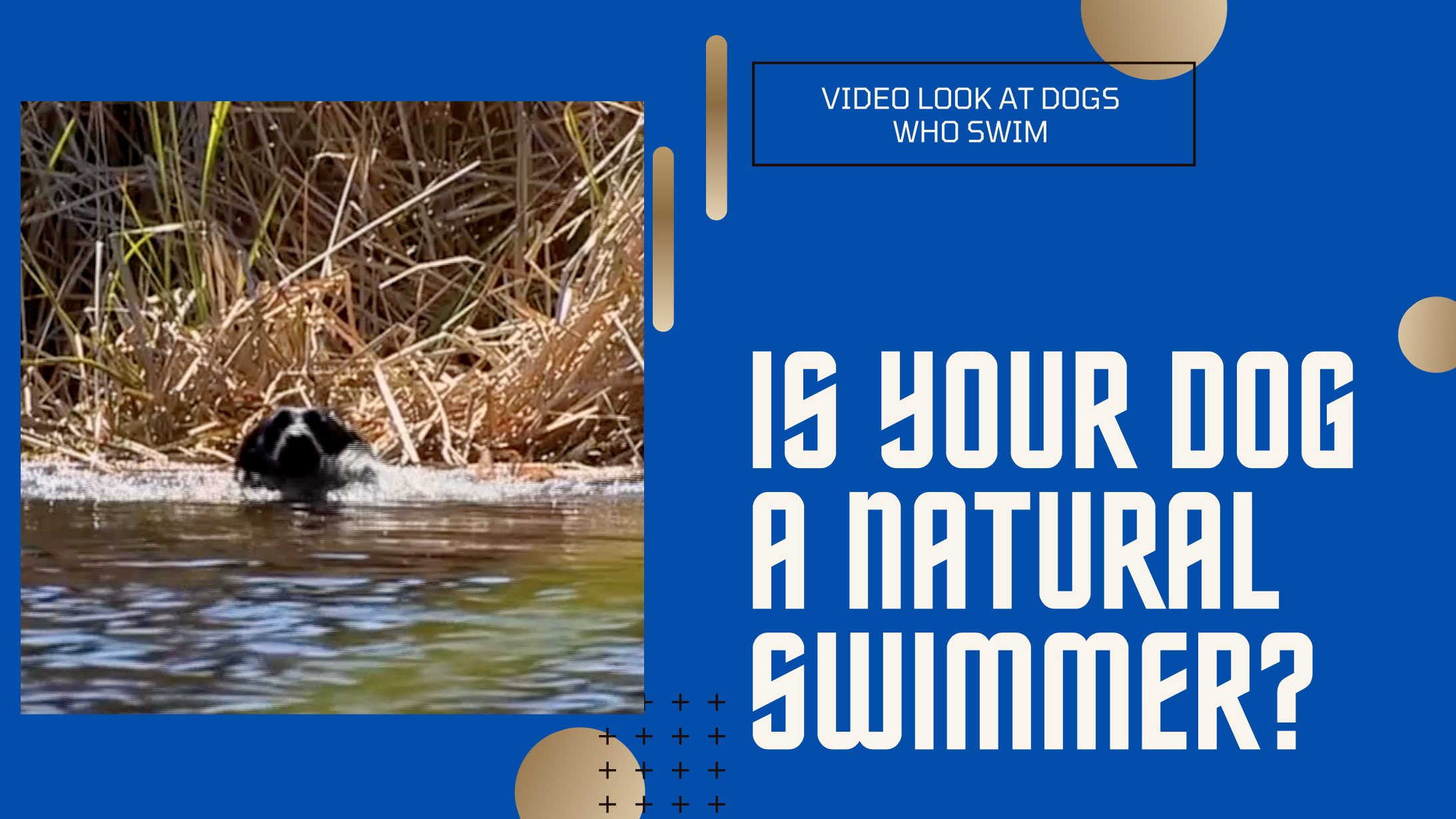Learn Basic Retriever Behavior
We named her Jetta and she was an incredible AKC Master level Hunting Dog. She had the ideal traits for becoming a champion. She loved treats and she loved people, the perfect combination.
Here's a lesson I learned early on. Everything we’ve read, seen, or heard about retriever training is futile until we embrace the concept that dogs are creatures of habit. That particular lesson in retrieving training was taught to me by a very accomplished handler by the name of Wendy Pennington of www.Sealionlabs.net many years ago.
Wendy happened to have about 25 more years of experience with working dogs than I did at the time she first introduced me to the notion that dogs must learn to learn. She sees things in handlers that some of us are not even aware we are doing. The idea is that people train dogs, not the other way around. It’s easy to forget this piece of wisdom, simple as it seems, especially when we get involved in training highly intelligent working dogs. What it all comes down to is understanding that dogs are shaped by the routines that are defined by us (the handler). No matter what it is we are teaching, the dog learns from our distinct, individual behaviors. Make a mistake, give a false casting cue, and you set yourself up for failure down the road.
If you allow a dog to “blow you off”, as Wendy would often say, on whatever it is you are teaching him or her, the dog will continue to follow that pattern. And putting pressure on the dog often backfires, because ultimately it can break the dog’s spirit to learn with you as a teammate. Dogs don’t know why something is wrong. They don’t care. They simply do. A dog only knows that you allowed him or her to behave a certain way on many other occasions, therefore the dog perceives that it is doing the correct thing.
Most importantly, it only takes one time for a dog to develop a habit. It’s vital for anyone who wants to work with retrievers to understand that everything we do in training is eventually reinforced by habits.
There are consequences for being apathetic about our approach to even the easiest commands like sit or stay. If you want to get a dog to sit on a whistle, you better start with the basic sit command and then later introduce the whistle. These are two very separate things we are telling the dog. When the dog understands that a single tweet of the whistle means the same as a single “verbal sit” command, you can move forward, but not until you and the dog are very clear on each step of the process.
For example, you don’t blow two tweets, then suddenly blow just one. You can’t allow the dog to stand occasionally and sit at other times. Recognizing habits go a long way in turning out great retrievers. Dogs have an incredible ability to read our body language, sense our moods and listen for vocal intonations, and what this kind of information gathering means to us as handlers is that we can’t afford to be wishy-washy.
Another way to look at it is that dogs don’t automatically know how to do something, they must be taught through repetitive training. Once the dog clearly recognizes what it is you are teaching, only then does the learning process become fun. It doesn’t work the other way around.
Too many of us are in a rush to get the dog started retrieving and we forget that the dog only knows what we teach. He or she might be the smartest retriever in the neighborhood, but don’t expect the dog to have our kind of higher reasoning power.
As odd as it sounds bad habits can be good: They tell us what aspect of training needs work, and recognizing this keeps us sharper when it comes time for the competition.
































